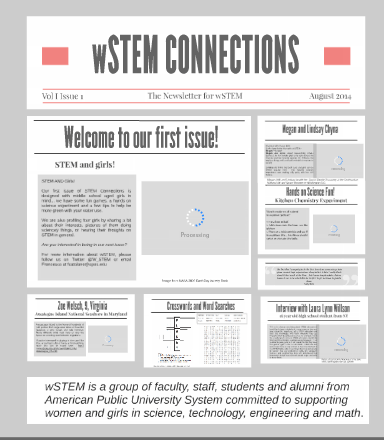EdTech Software Development
In the past few years, the learning methodologies have evolved a lot, especially after the global pandemic. In this duration eLearning software and their utilization has been on the constant surge. eLearning software encompasses a wide range of tools used to create, deliver, and manage online learning experiences. But you should always consult an education software development company before investing in an eLearning solution. In this article, we will uncover the hidden side of eLearning platforms and showcase them. Here follows a breakdown of the two main categories of EdTech software used for eLearning, and some popular options within each.
eLearning Authoring Tools
These tools allow you to develop the actual eLearning content, including presentations, simulations, assessments, and interactive elements.
Learning Management Systems
Learning Management System (LMS) platforms act as a central hub for delivering, managing, and tracking eLearning courses. They handle functions like user enrollment, content delivery, progress tracking, reporting, and assessment.
Choosing The Right EdTech Software To Use
The best software for you depends on your specific needs. However, some of the important factors to consider are:
- Content complexity
Simple courses might be created with basic authoring tools, while complex simulations may require advanced software. - Target audience
Consider the technical skills of your learners and choose an LMS with a user-friendly interface. - Budget
eLearning software can range from free open-source options to subscription-based models. - Scalability
If you anticipate future growth, choose software that can scale up with your needs.
By understanding the different types of eLearning software and considering your specific needs, you can choose the tools that will help you create and deliver engaging and effective online learning experiences.
eLearning Software In A Nutshell
eLearning software refers to a broad category of digital tools used to create, deliver, and manage online learning experiences. It encompasses the entire ecosystem of software that supports educators, trainers, and businesses in building and delivering educational content over the internet. Here's a breakdown of the two main types of eLearning software:
eLearning Authoring Tools
Think of these as the building blocks for your online courses. They allow you to develop the actual eLearning content, like:
- Interactive presentations.
- Multimedia elements (videos, images, audio)
- Simulations and branching scenarios.
- Assessments and quizzes.
eLearning authoring tools provide a user-friendly interface with drag-and-drop elements, facilities for adding text, and designing engaging learning experiences. To get detailed information, you should consult with a reputed education software development company to get the essential information.
Learning Management Systems
Imagine an LMS as a central hub for everything related to your online courses. It acts as a platform to:
- Host and deliver your eLearning content.
- Enroll learners and manage user accounts.
- Track learner progress and completion rates.
- Provide reports and analytics on learning activities.
- Facilitate discussions and assessments.
Choosing the right eLearning software depends on your specific needs. Therefore, you should write down your considerations and expectations with the eLearning platforms in a clear and concise manner, according to the headers suggested above. Then only should you start looking for eLearning software development services.
Additional eLearning Software Options
Beyond authoring tools and LMS platforms, the eLearning software landscape offers other specialized solutions. These solutions can be known in detail if you have consulted with the right education software development company.
- Microlearning platforms
These platforms focus on delivering bite-sized learning modules in short bursts, ideal for busy learners or quick knowledge checks. - Learning Experience Platforms (LXPs)
These platforms cater to an audience that requires personalized learning journeys by curating content from various sources and allowing learners to choose their own paths.
Conclusion
By understanding the different types of eLearning software and their functionalities, you can create a robust online learning environment that effectively engages learners and delivers valuable knowledge. Furthermore, you should contact an EdTech software development company to get development assistance. They will not only craft eLearning software that is full of special features but will also help you with maintenance and support.









